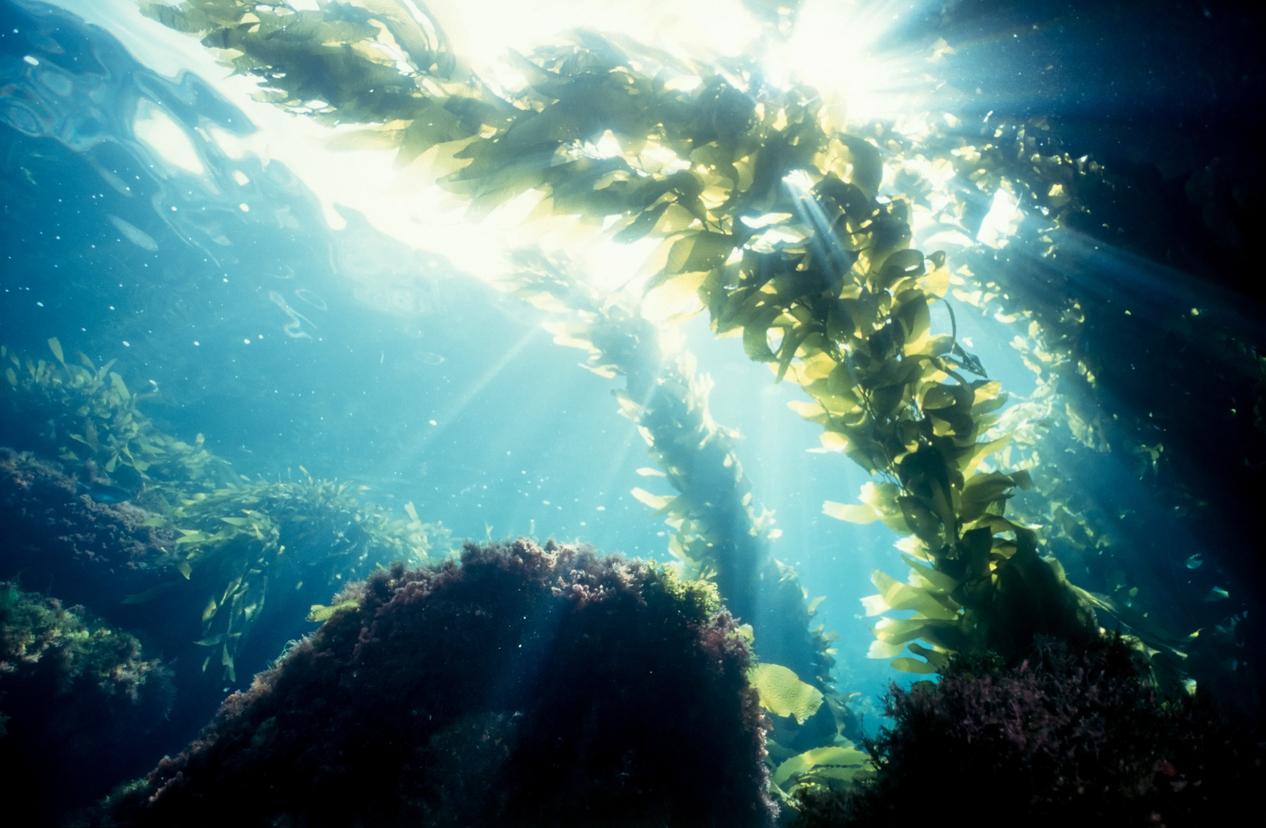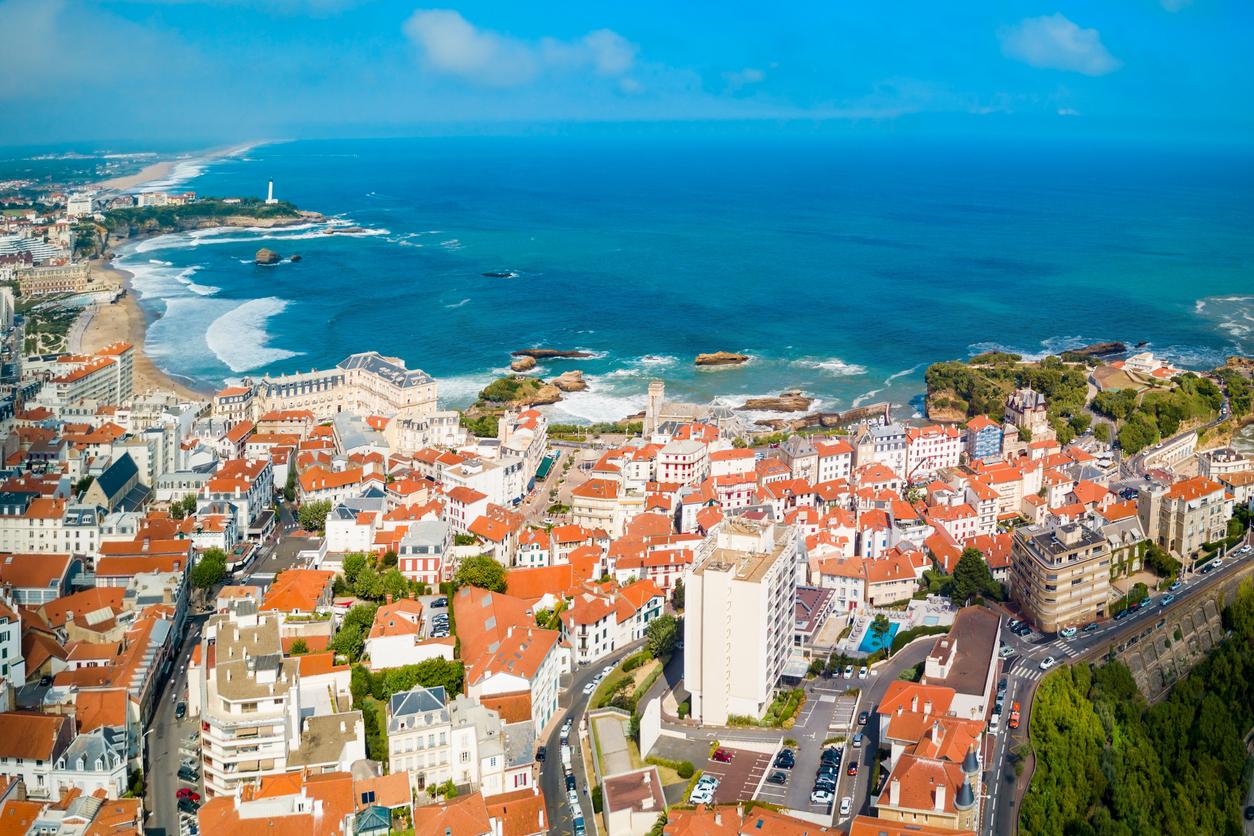It appears in the form of a beige foam on the surface and spreads in sheets from the north of Saint-Jean-de-Luz to the south of Biarritz. It is part of the family of the algae Ostreopsis ovata, already known in the Mediterranean to be seriously toxic, but would a priori be another subcategory: Ostreopsis siamensis, explains ARS New Aquitaine. Does it pose any risks to human health?
ENT and flu-like symptoms without seriousness
It would be, a priori, less toxic than that of the Mediterranean but would still contain a toxin, called cytotoxin, which can move by the wind or the spray. Originally, it is rather found in tropical waters. The latter could cause rashes or even flu-like symptoms, including respiratory discomfort, according to several reports. Lifeguards and surfers have also reported coming into contact with the algae before showing ENT symptoms.
The seaweed had already been spotted in the summer of 2020 near Hendaye. Faced with the wave that approached the beaches at the beginning of August, swimming was prohibited for a few hours, to carry out analyses. Then allowed again, because the Regional Health Agency found nothing alarming when studying their composition.
None of the cases related to this algae showed serious symptoms, and these disappeared naturally. Ordinarily, the siamensis subtype does not cause anything in humans, introduces Elvire Antajan, head of the Ifremer station in Arcachon, from 20 Minutes. The reactions could be explained by their abundance, she underlines. This is why swimming is again authorized, but extremely supervised.
Sources: ARS, Ostreopsis Algae in the Basque Country: “With warming waters, this species can proliferate more easily”, 20 Minutes, August 10, 2021.
Read also:
- Seaweed consumption: ANSES calls for vigilance
- 6 Symptoms That May Indicate Hypothyroidism


















